Teaching the New Tools of Monetary Policy
Resources for teaching the Fed's monetary policy tools in an ample-reserves framework.
{{searchResultSnippet}}
 Back to All
Back to All

This video assignment combines economics and history. Find out what the Federal Reserve learned from the significant mistakes it made in its monetary policy during the Great Depression.
And then came the Great Depression. There have been several periods when millions of Americans couldn't find a job or lost their homes to foreclosure, but none, at least in the 20th Century, were as bad as the Great Depression. And during the depression the Fed did make some mistakes. Sure did. But economist knowledge at that time was more limited than it is today. In spite of bank runs, bank failures, and the economy being at a standstill, the Fed didn't do enough to provide liquidity to banks or to help the economy as a whole recover. Also, in the face of enormous unemployment, it allowed the money supply and availability of credit to shrink. The Fed allowed prices actually to fall. There was a period of deflation where prices were falling very sharply which turned out to be a very negative thing for the economy. About a third of all the banks, thousands of banks, in the United States failed. They collapsed and went bankrupt. People lost their money because we didn't have deposit insurance protecting people's deposits in the banks. The banks were not available to make loans, and that collapse of the banking system was a major factor explaining why the depression was as deep and as long as it was. The Banking Act of 1933, known as The Glass-Steagall Act, passed during the Great Depression. It included a number of measures to protect bank depositors. One of these was the creation of the Federal Deposit Insurance Corporation, known as the FDIC. In the beginning the FDIC insured bank deposits up to a limit of $2,500. Now that limit is $250,000. The Glass-Steagall Act also separated commercial banks from investment banks. Before this, banks could make potentially risky investments that could endanger deposits in the bank accounts of individuals and businesses. The Banking Act of 1933 established the Federal Open Market Committee, or FOMC. The FOMC is responsible for setting the direction of monetary policy. It's also in charge of overseeing a part of monetary policy called Open Market Operations. Open Market Operations are purchases and sales of US Treasury and federal agency securities that are carried out to influence monetary and credit conditions in the economy. No doubt about it the Fed made mistakes during the Great Depression, but people in the Fed learned from those missteps. That led to a Federal Reserve that has a better ability to keep banking and the economy running on a more even keel.
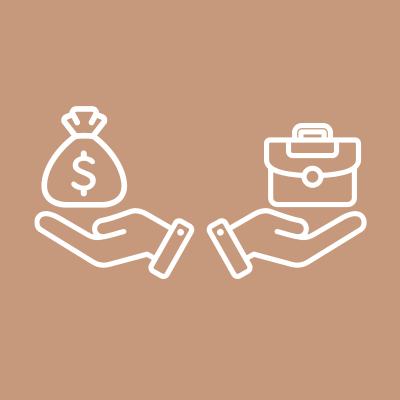
Teaching the New Tools of Monetary Policy
Resources for teaching the Fed's monetary policy tools in an ample-reserves framework.
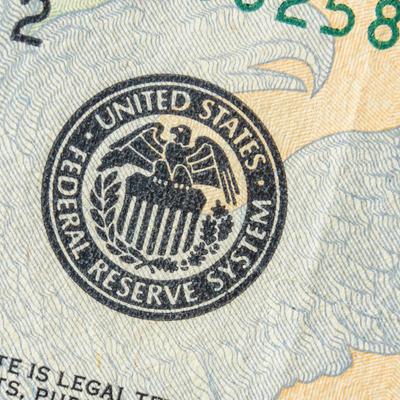
Making Sense of the Federal Reserve
Introduce the structure of the Federal Reserve and the basics of monetary policy.
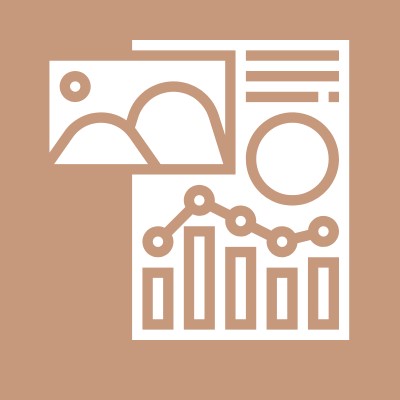
Fiscal & Monetary Policy
Define fiscal and monetary policy and highlight their differences.

What Happens When the Federal Reserve Raises Interest Rates?
Demonstrate how a change in the target range for the federal funds rate transmits through the economy.
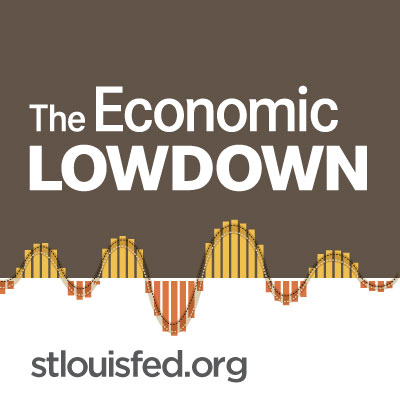
Econ Lowdown Podcast Series
21 Economics audio assignments for your classroom
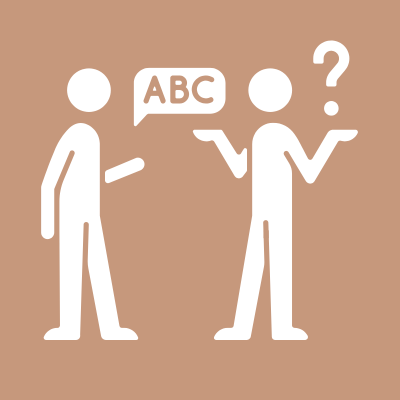
Jargon Alert: Helicopter Money
Learn about a tool to stimulate economies and fight deflationary pressures.
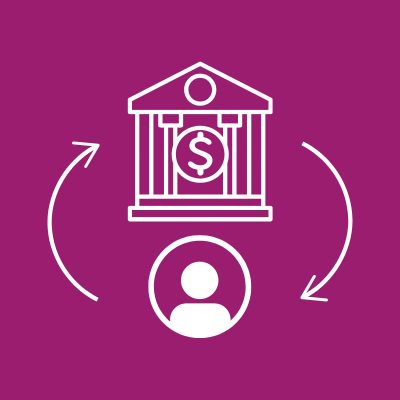
Boom Times and Bubbles: The Internet Age
Learn about the Monetary Control Act of 1980.

Central Banking
Learn the basics parts a central bank.

Creation of the Federal Reserve
Learn about banking panics, recessions, and depressions in the U.S. during the 1800s.

Inflation, Deflation, and Disinflation
Learn the differences between inflation, deflation, and disinflation.

Inflation, the Fed, and You
Learn what causes inflation.

Introduction to the Federal Reserve
Introduce the Fed’s three main functions.

Monetary Policy Fed and You
See how the Fed conducts monetary policy.

Money Versus Barter
Learn how money solves problems created by barter systems.

Price Stability
Learn the importance of price stability.

Stagflation in the 1970s
How did Federal Reserve Chairman Paul Volcker contain inflation, spurred economic growth, and reduced unemployment?
{{resourceTitle}}
{{resourceBlurb}}